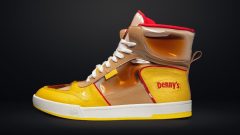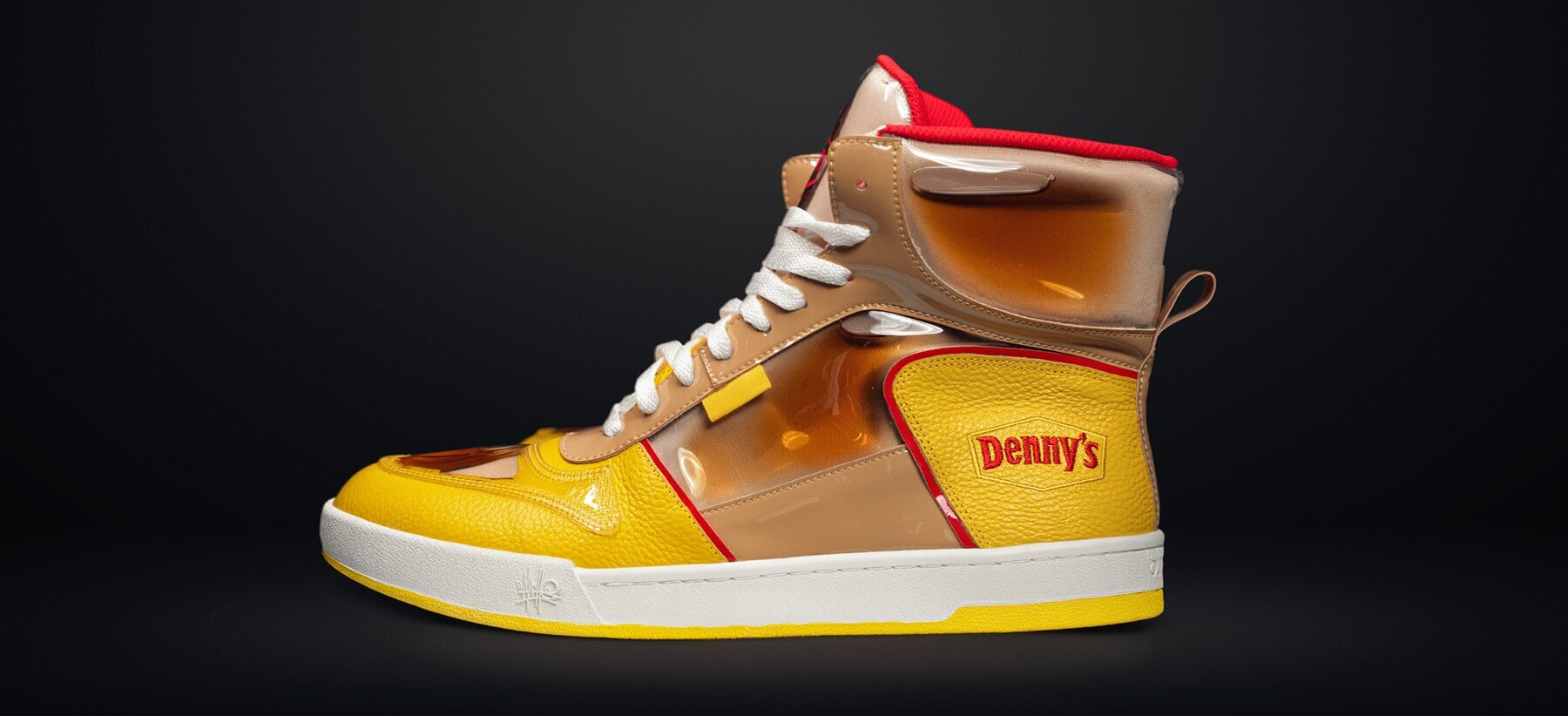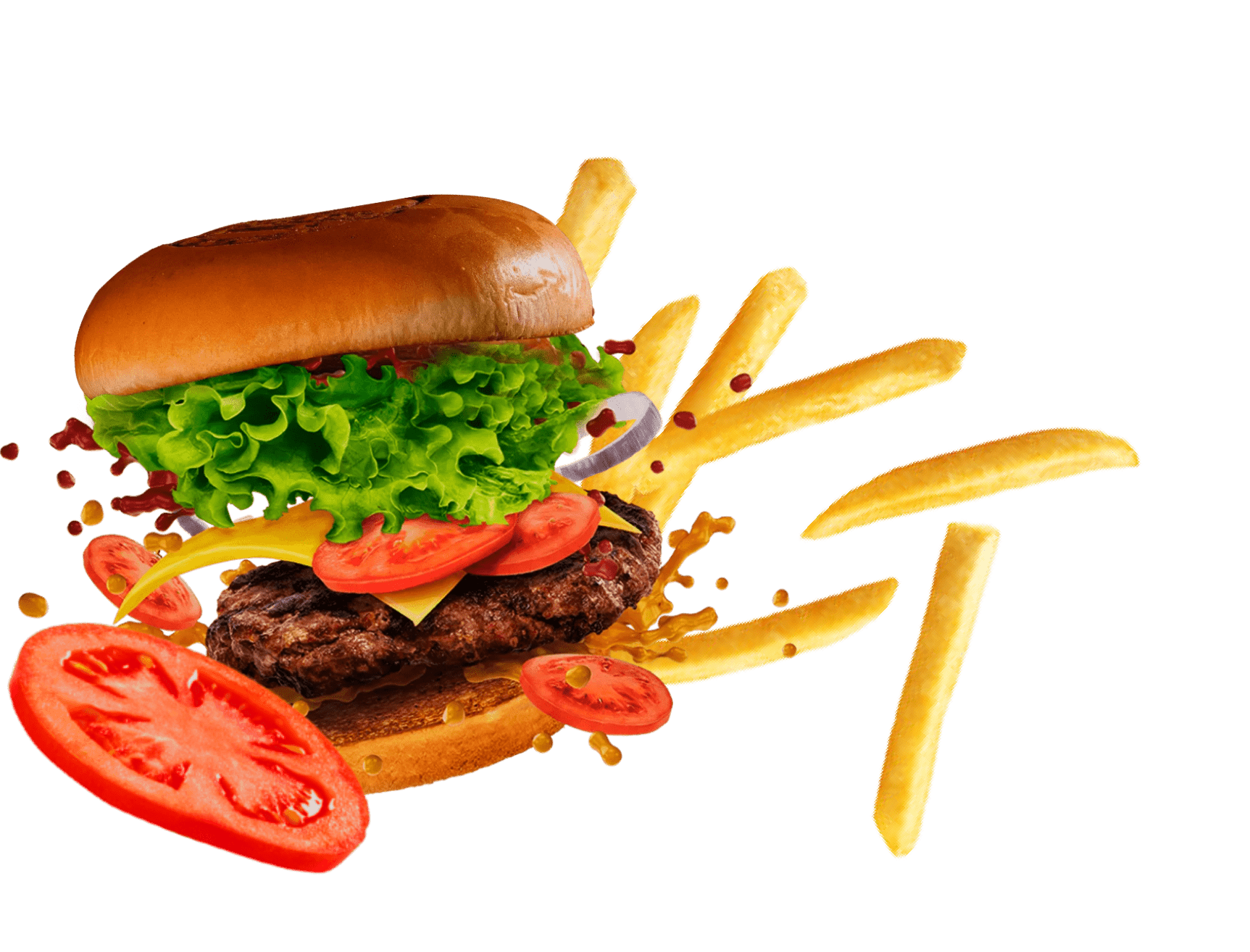Forking with Your Mouth: How Cutlery Gave Us Overbites

While we were busy turning forks into weight loss tools, deadly weapons, and works of art, forks were busy changing us — by giving us overbites. Historian Bee Wilson’s new book Consider the Fork lays out archaeological evidence that human beings in the West didn’t develop an overbite (where the top layer of teeth fits over the bottom layer like a lid on a box) until approximately two hundred and fifty years ago, around the same time they began using cutlery. Prior to the introduction of the knife and fork, Western human teeth were arranged in an edge-to-edge bite (basically like apes) in which the top and bottom layers clash together.
Wilson is quick to note that we can’t be totally sure that utensils were responsible for the change, but it does look like Western eaters may have been getting forked over by a slow learning curve — the same shift can be seen nine hundred years earlier in China after the invention of chopsticks.
H/T The Atlantic






















